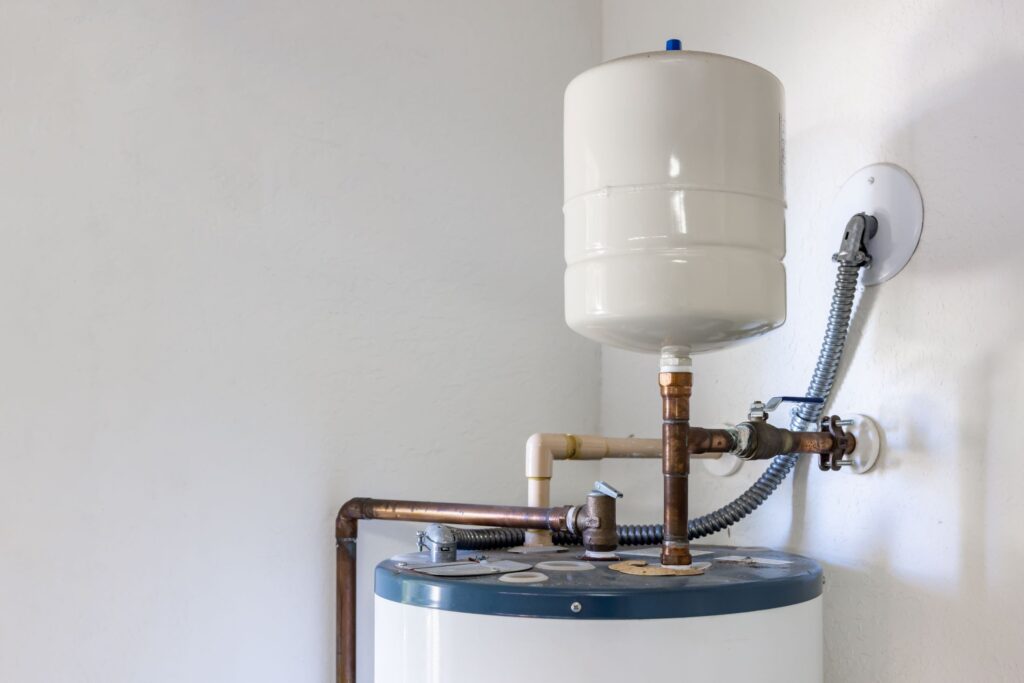What are your thoughts about Water Heater Maintenance Tips You Can't Afford to Forget?
:max_bytes(150000):strip_icc()/reasons-gas-water-heater-not-working-5212987-hero-fe6b82a59053421c88b7d13ea311d3c5.jpg)
Warm water is important for everyday convenience, whether it's for a refreshing shower or washing meals. To guarantee your hot water system runs successfully and lasts longer, routine upkeep is vital. This article offers sensible pointers and insights on exactly how to preserve your home's warm water system to avoid disruptions and costly repair services.
Introduction
Preserving your home's hot water system could appear challenging, yet with a couple of easy actions, you can guarantee it operates smoothly for many years to find. This guide covers whatever from comprehending your warm water system to do it yourself maintenance suggestions and understanding when to employ professional help.
Value of Keeping Your Warm Water System
Normal upkeep not only expands the lifespan of your warm water system but also ensures it operates effectively. Disregarding upkeep can lead to lowered efficiency, higher energy expenses, and even early failing of the system.
Indicators Your Warm Water System Requirements Upkeep
Recognizing when your warm water system requires focus can prevent major concerns. Watch out for indicators such as irregular water temperature level, weird sounds from the heating unit, or rustic water.
Recognizing Your Hot Water System
Before diving into maintenance tasks, it's useful to understand the basic components of your hot water system. Typically, this includes the water heater itself, pipes, anode rods, and temperature level controls.
Regular Monthly Maintenance Tasks
Regular monthly checks can help capture small concerns before they escalate.
Flushing the Water Heater
Purging your hot water heater gets rid of debris accumulation, enhancing efficiency and lengthening its life.
Monitoring and Changing Anode Rods
Anode rods avoid corrosion inside the tank. Evaluating and changing them when worn is important.
Examining and Adjusting Temperature Level Settings
Adjusting the temperature setups makes sure ideal performance and safety.
DIY Tips for Maintenance
You can perform numerous upkeep tasks yourself to maintain your hot water system in top problem.
Checking for Leakages
Frequently inspect pipelines and connections for leaks, as these can bring about water damages and higher costs.
Checking Pressure Alleviation Valves
Checking the pressure safety valve guarantees it functions appropriately and stops extreme stress accumulation.
Insulating Pipelines
Protecting warm water pipes reduces warm loss and can conserve power.
When to Call a Professional
While do it yourself maintenance is beneficial, some concerns require expert knowledge.
Facility Issues Needing Professional Assistance
Examples consist of major leakages, electrical troubles, or if your water heater is continually underperforming.
Routine Expert Upkeep Advantages
Specialist maintenance can consist of comprehensive assessments, tune-ups, and ensuring conformity with safety requirements.
Verdict
Routine upkeep of your home's hot water system is necessary for efficiency, durability, and price savings. By adhering to these tips and understanding when to look for professional aid, you can ensure a reputable supply of warm water without unexpected interruptions.
How to Maintain an Instant Hot Water Heater
Before tinkering with your hot water heater, make sure that it’s not powered on. You also have to turn off the main circuit breaker and shut off the main gas line to prevent accidents. Also turn off the water valves connected to your unit to prevent water from flowing into and out of the appliance. 2. When you’re done, you have to detach the purge valves’ caps. These look like the letter “T” and are situated on either side of the water valves. Doing so will release any pressure that has accumulated inside the valves while at the same time avoid hot water from shooting out and burning your skin. 3. When the purge valves’ caps are removed, you have to connect your hosing lines to the valves. Your unit should have come with three hoses but if it didn’t, you can purchase these things from any hardware or home repair shops. You can also get them from retail stores that sell water heating systems. Read the user’s manual and follow it to complete this task properly. When the hosing lines are connected, open the purge port’s valves. 4. You should never use harsh chemical cleaners or solutions when cleaning your unit. Make use of white vinegar instead. It should be undiluted and you’ll probably use about 2 gallons. 5. Now flush your water heater. This task should probably take about 40 minutes. We can’t give you specific directions for this because the procedure is carried out depending on the type, model and brand of your heater. With that being said, refer to the user’s manual. 6. When you’re done draining the unit, you have to turn off the purge port valves again. Remove the hosing lines that you earlier installed on each of the water valves. Put the valve caps (purge port) back in their respective places and be very careful so as not to damage the rubber discs that are found inside these caps. 7. Now that everything’s back in place, check your user’s manual again to find out how to reactivate your water heating system. 8. Once it is working, turn one of your hot water faucets on just to let air pass through the heater’s water supply pipes. Leave the tap on until water flows smoothly out of it. https://www.orrplumbing.com/blog/2014/september/how-to-maintain-an-instant-hot-water-heater/

As a passionate reader about What Kind of Maintenance Do Water Heaters Need?, I figured sharing that excerpt was sensible. Remember to set aside a second to distribute this blog if you liked it. Bless you for your time. Please come by our blog back soon.
Course Detail